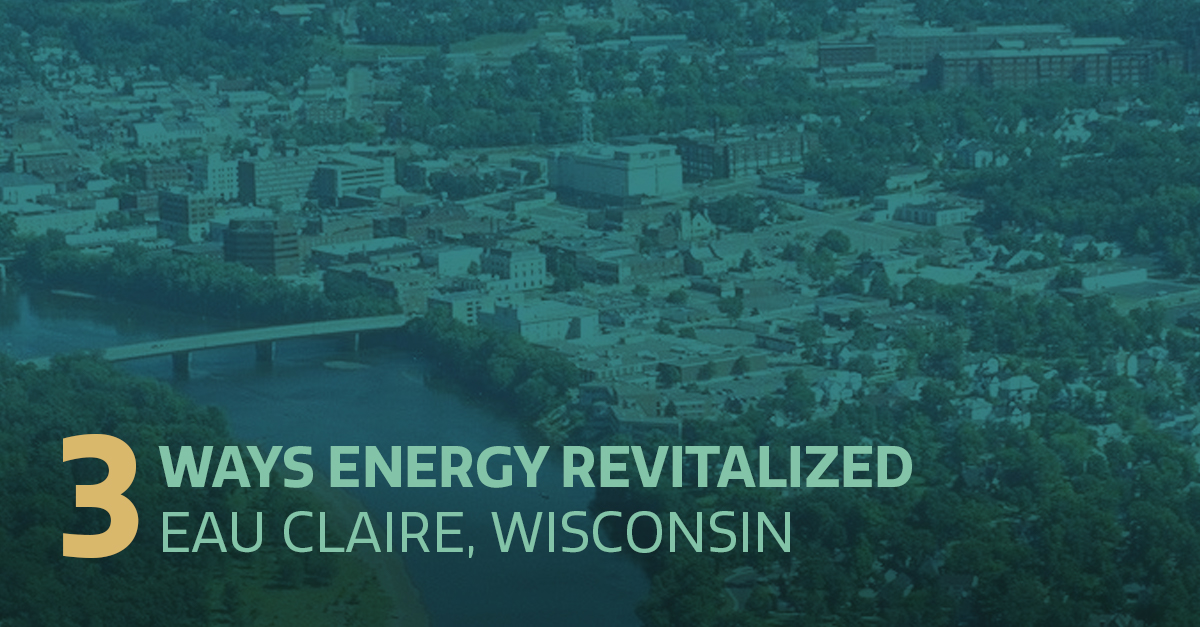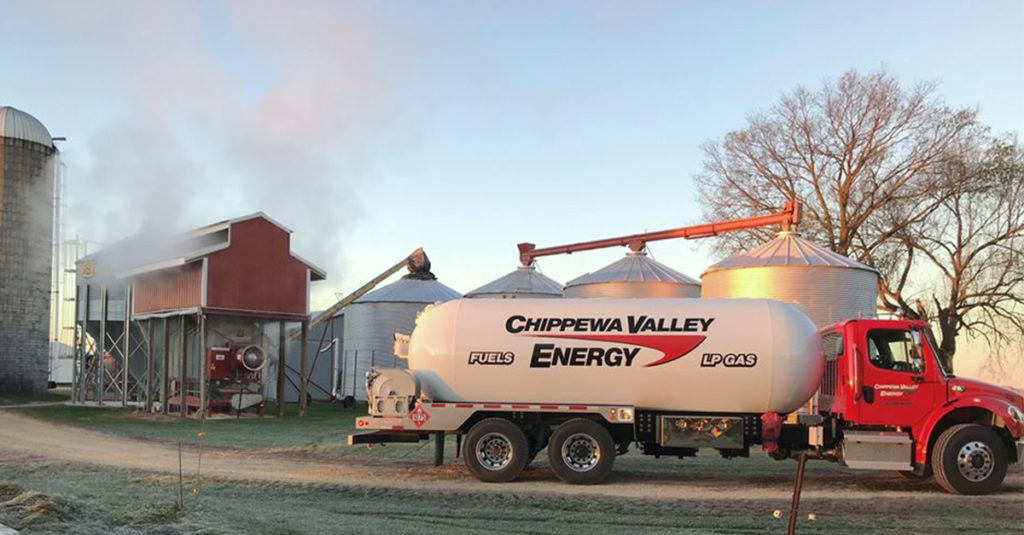Your Questions About Natural Gas, Answered
Natural gas is powering our modern way of life and helping to cut CO2 emissions. Here’s what this energy revolution is all about.
Learn MoreNatural gas is powering our modern way of life and helping to cut CO2 emissions. Here’s what this energy revolution is all about.
Learn MoreExploring the natural gas and oil industry’s role in Eau Claire’s economic comeback

March 26, 2020
In New Mexico, the natural gas revolution is helping to pay college tuition for the state’s students. Taxes from natural gas production in Pennsylvania have helped to fund infrastructure improvements and a new policy academy. And, in Colorado the natural gas and oil industry provides nearly one billion in tax revenue, helping to fund vital services.
The economic benefits of America’s natural gas boom extend beyond states where it is produced though. Take Western Wisconsin. Home to some of the best industrial sand quarries in the country, frac sand mining and other industries associated with natural gas and oil have helped to fuel downtown Eau Claire’s revitalization, expand job training and opportunities, and provide affordable energy to the region.
Natural gas is powering our modern way of life and helping to cut CO2 emissions. Here’s what this energy revolution is all about.
Learn more.Here are three ways that the natural gas and oil industry has supported Eau Claire’s economic comeback:

1. Creating an ideal place to live work and thrive
Eau Claire — fondly known as the “Indie Capital of the Midwest” — is varied and vibrant, attracting indie music lovers, foodies and fans of locally brewed beers. During the 1980s, large shopping malls drew people out of the city center, putting a damper on small businesses. But the city, reinvigorated as it helped support production of U.S. energy, worked to bring people back downtown.
Today, this bustling Wisconsin town’s unemployment rate is under 3%, and the median family income tops $76,500 (compared to about $76,400 nationally). The cost of living index is 93.9 – compared to the national average and the Twin Cities’ index of 105 in 2018.

2. Providing reliable, affordable energy to the region
The Chippewa Valley Energy co-op provides propane fuel, heating oil and lubricants to the Eau Claire area – places including Black River Falls, Menomonie, Hudson and Barron. The co-op’s Barry Hines says its “follow the farmer” program supplies propane and diesel directly to farmers, which has helped expand the customer base. In turn, the co-op is part of a supply chain for companies including Market & Johnson. Chippewa Valley Energy owns two oil refineries and provides fuel to power heavy machinery and other equipment at construction sites.
Eau Claire is also home to the Wheaton Generating Station, a natural gas-fueled power station that produces 330 to 430 megawatts of electricity. The station is part of an energy system that has provides affordable energy to Eau Claire and the surrounding area – commercial rates more than 10% lower than the national average and residential rates 2% below the national average. At the same time, the city’s electricity emissions were just 0.37 metric tons of carbon dioxide per megawatt-hour in 2017, or a little more than half the statewide average of 0.66 metric tons per megawatt-hour.

3. Meeting job demand with education opportunities
Nearby Chippewa Valley Technical College has 7,100 students enrolled in associate degree, technical diploma or vocational continuing education programs to support the area’s demand for manufacturing, distribution and other skilled laborers.
In Wisconsin’s 3rd congressional district, home to Eau Claire, the natural gas and oil industry supports 19,960 jobs — almost 5% of the district’s overall employment — as well as directly and indirectly contributing $1.5 billion each year to the district economy. Terry Hayden, president of the Wisconsin Pipe Trades Association, credits Eau Claire’s transformation to a mix of private and public investments, including natural gas and oil.
“We weathered the recession thanks to the energy projects that created jobs and the opportunity for young people to come into our industry,” says Hayden. “These are lifelong careers that provide a good life in Wisconsin, and it’s important to us to provide training resources to prepare them for a bright future.”
What is the single biggest reason for the reduction of carbon dioxide emissions in the United States?
Correct! The U.S. Energy Information Administration reported that from 2005-2019, 65% of the decline in CO2 emissions in the electric power sector was attributable to switching from coal-fired to natural gas-fired electricity generation. Learn more about the power of natural gas.
Good try! The U.S. Energy Information Administration reported that from 2005-2019, 65% of the decline in CO2 emissions in the electric power sector was attributable to the switching from coal-fired to natural gas-fired electricity generation. Learn more.
More From API
Read on for in-depth articles about how we’re securing America’s energy future, our efforts to combat climate change, and more.
New innovations make it possible to produce more energy with fewer emissions Combatting emissions of methane, a potent greenhouse gas, […]
Learn MoreBetween now and 2050, according to the Energy Information Administration, the American demand for electricity will increase 1% each year. To […]
Learn MoreWe’re taking five key steps to reduce greenhouse gas emissions
Learn MoreWe use cookies to offer you a better browsing experience, analyze site traffic, personalize content, and serve targeted advertisements. If you continue to use this site, you consent to the use of cookies. Read more about our Privacy Policy and Terms and Conditions.
accept